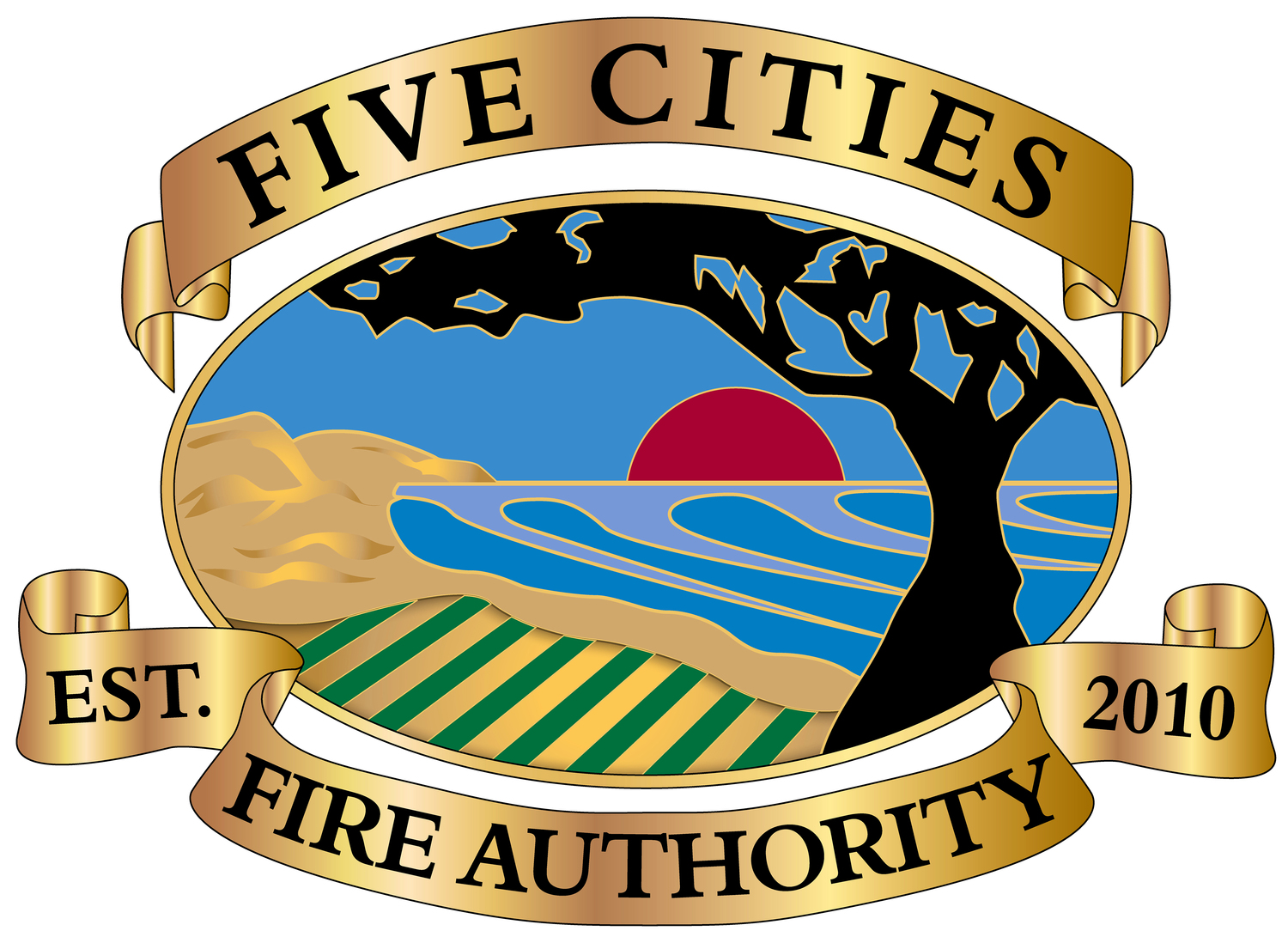All tsunamis are potentially dangerous, even though they may not damage every coastline they strike. Damaging tsunamis are very rare. Our coastlines are vulnerable, but tsunamis are infrequent. Understand the hazard and learn how to protect yourself, but don’t let the threat of tsunamis ruin your enjoyment of the beach.
INFORMATION: A message with information about an earthquake that is not expected to generate a tsunami. Usually only one bulletin is issued.
Be familiar with the tsunami warning signs. A strong earthquake lasting 20 seconds or more near the coast may generate a tsunami. A noticeable rapid rise or fall in coastal waters is also a sign that a tsunami is approaching.
Tsunamis most frequently come onshore as a rapidly rising turbulent surge of water choked with debris. They are not V-shaped or rolling waves, and are not “surfable.”
Tsunamis may be locally generated or from a distant source. In 1992, the Cape Mendocino, California, earthquake produced a tsunami that reached Eureka in about 20 minutes, and Crescent City in 50 minutes. Although this tsunami had a wave height of about one foot and was not destructive, it illustrates how quickly a wave can arrive at nearby coastal communities and how long the danger can last.
In 1957, a distant-source tsunami generated by an earthquake in the Aleutian Islands in Alaska struck Hawaii, 2,100 miles away. Hawaii experienced $5 million in damages from that tsunami.
What to Do if You Feel a Strong Coastal Earthquake
If you feel an earthquake that lasts 20 seconds or longer when you are on the coast:
-Drop, cover, and hold on. You should first protect yourself from the earthquake.
-When the shaking stops, gather your family members and evacuate quickly. Leave everything else behind. A tsunami may be coming within minutes. Move quickly to higher ground away from the coast.
-Be careful to avoid downed power lines and stay away from buildings and bridges from which heavy objects might fall during an aftershock.
What to Do When a Tsunami WATCH is Issued
-Listen to a NOAA Weather Radio, Coast Guard emergency frequency station, or other reliable source for updated emergency information. As the energy of a tsunami is transferred through open water, it is not detectable. Seismic action may be the only advance warning before the tsunami approaches the coastline.
-Check your Disaster Supplies Kit. Some supplies may need to be replaced or restocked.
-Locate family members and review evacuation plans. Make sure everyone knows there is a potential threat and the best way to safer ground.
-If you have special evacuation needs (small children, elderly people, or persons with disabilities) consider early evacuation. Evacuation may take longer, allow extra time.
-If time permits, secure unanchored objects around your home or business. Tsunami waves can sweep away loose objects. Securing these items or moving them inside will reduce potential loss or damage.
-Be ready to evacuate. Being prepared will help you to move more quickly if a tsunami warning is issued.
What to Do When a Tsunami WARNING is Issued
-Listen to a NOAA Weather Radio, Coast Guard emergency frequency station, or other reliable source for updated emergency information. Authorities will issue a warning only if they believe there is a real threat from tsunami.
-Follow instructions issued by local authorities. Recommended evacuation routes may be different from the one you use, or you may be advised to climb higher.
If you are in a tsunami risk area, do the following:
-If you hear an official tsunami warning or detect signs of a tsunami, evacuate at once. A tsunami warning is issued when authorities are certain that a tsunami threat exists, and there may be little time to get out.
-Take your Disaster Supplies Kit. Having supplies will make you more comfortable during the evacuation.
-Get to higher ground as far inland as possible. Officials cannot reliably predict either the height or local effects of tsunamis. Watching a tsunami from the beach or cliffs could put you in grave danger. If you can see the wave, you are too close to escape it.
-Return home only after local officials tell you it is safe. A tsunami is a series of waves that may continue for hours. Do not assume that after one wave the danger is over. The next wave may be larger than the first one.
Plan for a Tsunami
Learn about tsunami risk in your community. Contact your local emergency management office or American Red Cross chapter. Find out if your home, school, workplace or other frequently visited locations are in tsunami hazard areas. Know the height of your street above sea level and the distance of your street from the coast or other high-risk waters. Evacuation orders may be based on these numbers.
Plan an evacuation route from your home, school, workplace, or any other place you’ll be where tsunamis present a risk. If possible, pick an area 100 feet above sea level or go up to two miles inland, away from the coastline. If you can’t get this high or far, go as high as you can. Every foot inland or upwards may make a difference. You should be able to reach your safe location on foot within 15 minutes. After a disaster, roads may become impassable or blocked. Be prepared to evacuate by foot if necessary. Footpaths normally lead uphill and inland, while many roads parallel coastlines. Follow posted tsunami evacuation routes; these will lead to safety. Local emergency management officials can help advise you as to the best route to safety and likely shelter locations.





